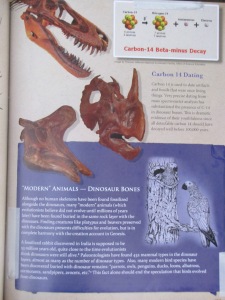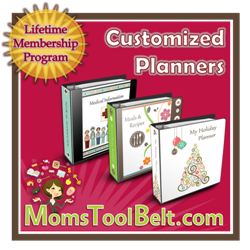This week, the members of The Old Schoolhouse Review Crew have been participating in a Homeschool Essentials Blog Hop. Today, as we wrap up the last day of the hop, I would like to talk about our unconventional homeschool essentials.
When we first began homeschooling 6 years ago, I was a traditional textbook-er. Other approaches intimidated me, so I went with what I knew at the time. It didn’t take long to begin to re-evaluate my stance. Nowadays, I absolutely love to mix up different resources and learning approaches. And most of all, I love using unconventional methods for teaching and learning.
Legos
What child doesn’t love Legos? We actually use them a lot in our homeschool. One subject in which we use Legos is history. Studying Egypt? Have your kids build the pyramids out of legos! For older children, choose a more difficult statue or historical building to construct with legos. And history isn’t the only class in which you can use legos. Why buy expensive math manipulatives when legos will work? Addition, subtraction, multiplication, division, fractions, decimals, and percents are all concepts that can be easily presented using legos. They really are perfect for the tactile learner.
Minecraft
While we are talking Legos, we should also mention Minecraft. Everything we are able to do with Legos, we can do to the extreme in Minecraft. History can definitely come alive by recreating scenes in Minecraft. For those who need ideas for implementing Minecraft in the homeschool, you can check out some Minecraft Homeschool Classes in which your child can participate, with building assignments and challenges. The Skrafty Minecraft Server, sponsored by When You Rise Up, is another great resource, offering a safe place for homeschoolers to create together. They offer some fantastic Minecraft classes as well, including some science classes, so I highly recommend checking them out.
Netflix
Netflix is our number one unconventional history resource. There are so many great documentaries to be found, and new titles are always coming into rotation. In our homeschool, we use the documentaries in conjunction with notebooking pages. That way, my kids can take notes and illustrate on their pages while watching the documentary, which helps to reinforce what they’re learning. This has helped tremendously in allowing history to “come alive” for my sons. Netflix also has some great science documentaries, as well as some biographies, so the benefits definitely don’t stop at history class alone.
Youtube
Youtube is another great source for videos. We are able to pull up some shorter history videos, when all we need is a brief overview of certain time periods or civilizations. Occasionally, we can find full-length documentaries there as well, which often differ from those we can find on Netflix. Videos are constantly being added to Youtube, so there is always something new to be found.
Another subject in which we use Youtube is science. Sometimes, we don’t have all the supplies for lab experiments, or we lack the time. And sometimes we just want more or different experiment ideas. Whatever the case, Youtube is a fantastic resource for experiment videos. It is simply a wealth of new ideas.
Youtube is also an amazing source for music, so why not use it for music appreciation? When we are doing our composer study, we don’t have to worry about trying to find (or buy) countless pieces of music for each composer being studied. We can find them all, often with many variations, on Youtube.
Finally, Youtube can be used for math class. While you may not be able to find an entire math course on Youtube, you can certainly find video demonstrations of a number of various math concepts, from the basics all the way up to the most complex. This is perfect for those who learn best by watching someone work out a problem before trying it on their own.
I hope you enjoyed reading about some of our unconventional homeschool essentials. Please take a few moments to visit a few of my team members to learn about some of their Homeschool Essentials as well!
Tabitha @ The Homeschool Four
LaRee @ Broad Horizons
Gwen @ Tolivers to Texas
Amy @ Counting Change. . . Again
Jacquelin @ A Stable Beginning
Gena @ I Choose Joy!
Adena @ AdenaF
Stacie @ Super Mommy to the Rescue
Jen @ Happy Little Homemaker


 I am pleased to bring you another review today, for
I am pleased to bring you another review today, for 




















































